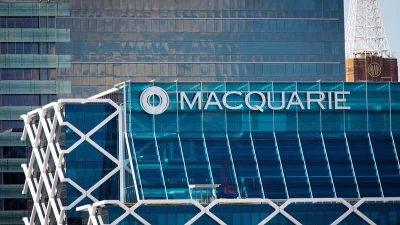Investors’ sentiment in 2019 more cautious


Investors’ optimism regarding future growth of global equities market entering in 2019 is expected to be more cautious, according to global equities investment manager Hexavest, an affiliate of Eaton Vance.
Additionally, investors expected the pace of monetary policy normalisation should slow in the US and with financial conditions tightening in the US over the last 12 to 18 months the currency volatility would weigh on many emerging markets.
Hexavest’s co-chief investment officer, Vincent Delisle, said that for 2019, the starting point on sentiment (more cautious vs start of 2018) and valuations (more attractive) should be viewed positively as the risk of disappointment linked to pricey markets and euphoric conditions diminished.
However, the “macro” risk would be a bigger concern, with visibility on GDP and earnings to deteriorate through the first half with revisions trending lower, he said.
“The 2019 sequence for global equities may turn out quite differently from 2018 with macro visibility bottoming in the first half of the year.
“Moreover, investor optimism regarding future growth has dimmed considerably in the latter part of 2018, and sentiment entering 2019 is much more cautious.”
“Hence, from a risk-reward standpoint, the opportunity to increase risk assets and cyclical sectors could present itself in 2019 and thus provide investors with an opportunity to eventually redeploy cash and reduce exposure to defensive sectors,” Delisle said.
Recommended for you
Lonsec and SQM Research have highlighted manager selection as a crucial risk for financial advisers when it comes to private market investments, particularly due to the clear performance dispersion.
Macquarie Asset Management has indicated its desire to commit the fast-growing wealth business in Australia by divesting part of its public investment business to Japanese investment bank Nomura.
Australia’s “sophisticated” financial services industry is a magnet for offshore fund managers, according to a global firm.
The latest Morningstar asset manager survey believes ETF providers are likely to retain the market share they have gained from active managers.















